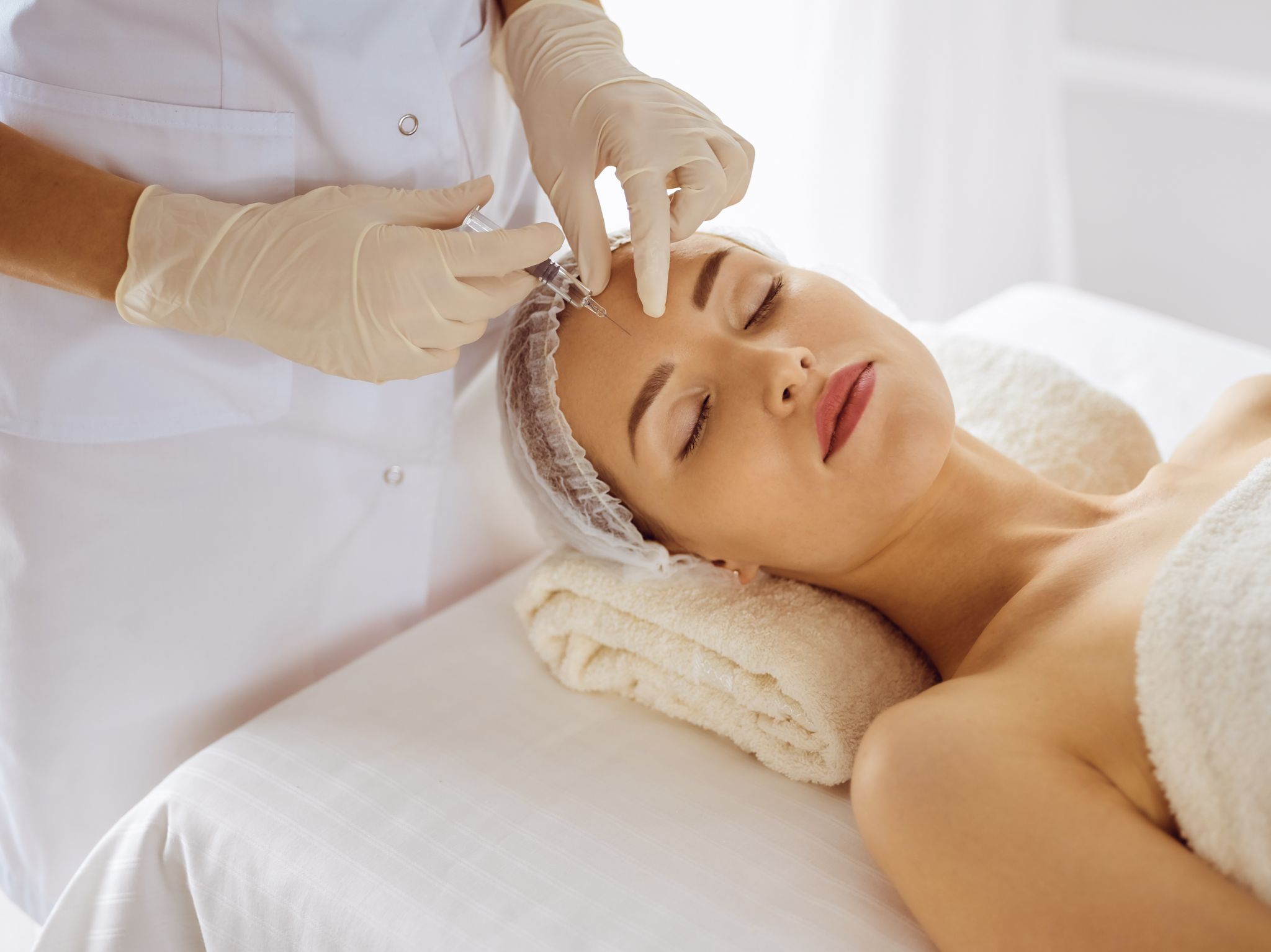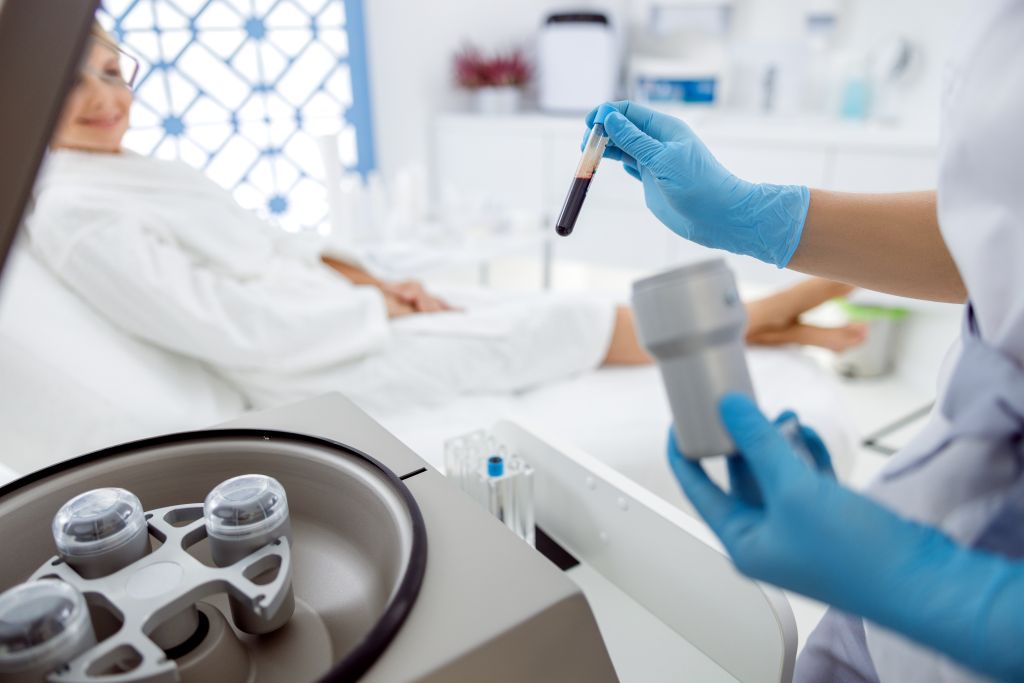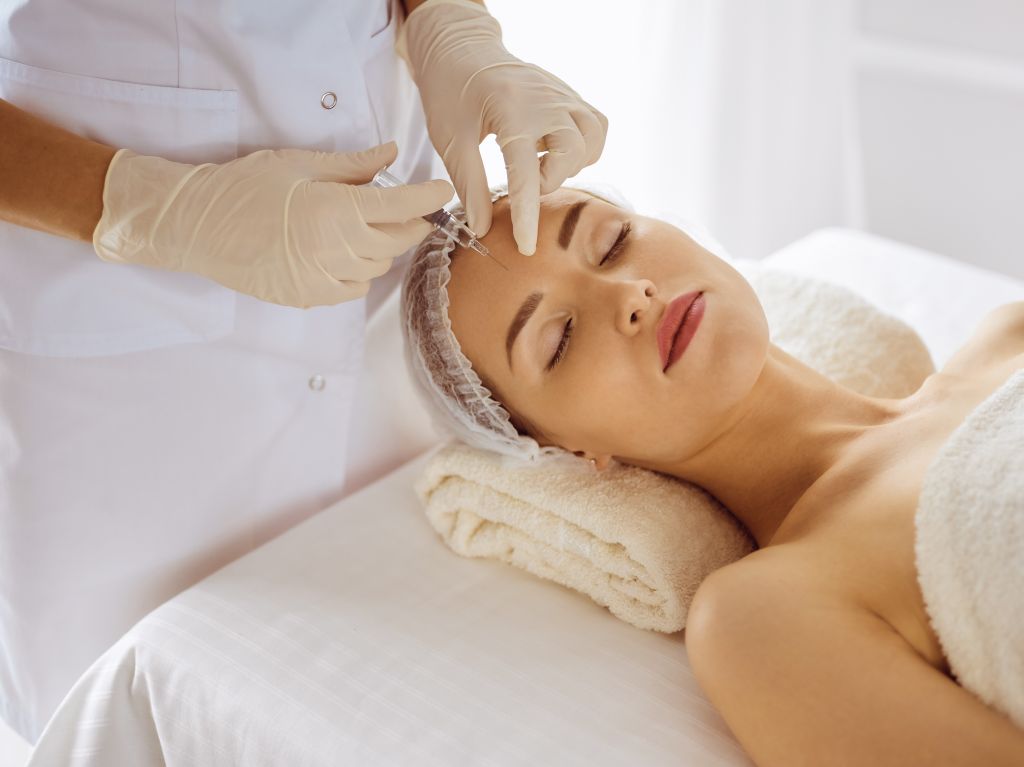
PRP Treatment: A Complete Guide To What You Must Know And Understand

INTRODUCTION
Platelet-rich plasma (PRP) injections are widely used in the field of cosmetic medicine. Because it employs our own platelet-rich blood cells to naturally rejuvenate the skin and reverse the effects of aging. PRP is very safe and has been used in the hospital system for decades, but to the uninitiated, it may seem frightening. The use of platelet-rich plasma (PRP) therapy is controversial but growing in popularity in the fields of sports medicine and dermatology.
Bone grafts are the only application of PRP that has received FDA approval. However, medical professionals may also employ the method to treat a wide range of other conditions.
PRP therapy is now being used by some medical professionals to treat arthritis, speed up muscle recovery, and stimulate hair growth.
Other doctors are against using PRP for anything besides the approved medical procedures. The American College of Rheumatology and the Arthritis Foundation, for instance, advise against its use in treating osteoarthritis of the knee or hip (OA).
We explain what platelet-rich plasma therapy is, how much it typically costs, and when it may be recommended by a doctor.
Learn everything there is to know about cutting-edge therapy right here.
EXPLAINING PRP
Platelet-rich plasma (PRP) therapy is a type of injectable cosmetic treatment that makes use of the patient’s own platelets. Platelets and stem cells in plasma are a growth factor. When reintroduced into the skin through injection, it stimulates the body’s own collagen and elastin production for a more youthful appearance.
IN WHAT WAY DOES IT FUNCTION?
At first, the treated area is numbed with a local anesthetic cream. Second, our medical professional will take a tiny blood sample. Next, the sample is centrifuged for about five minutes to separate the plasma from the rest of the blood. After that, the platelet-rich plasma is reinjected into the affected area to promote the growth of new collagen and elastin.
At first, the treated area is numbed with a local anesthetic cream. In the second place, our medical professional will take a tiny blood sample. Next, the sample is centrifuged for about five minutes to separate the plasma from the rest of the blood. After that, the platelet-rich plasma is reinjected into the affected area to promote the growth of new collagen.

TELL ME, WHAT DOES IT DO?
There are many advantages to using PRP. When used regularly, the treatment can improve skin’s texture and tone, lessen the appearance of fine lines and scars, and increase collagen and skin cell production for a fuller, healthier, more radiant complexion.
WHAT ARE ITS BENEFITS?
PRP for face benefits in way more than we can think of. Anyone worried about the appearance of wrinkles, sagging skin, or a lack of volume in their facial skin would benefit greatly from PRP treatments. Also, it’s a great way to get your cells to work on making new skin that looks and feels great. The under-eye area is where many people first see the effects of aging, and because of its sensitivity, no laser can be used to treat it. It’s also used to repair sun-damaged skin and boost the skin’s overall health and vitality.
TO WHAT EXTENT DOES IT VARY FROM PREVIOUS METHODS?
The use of PRP is not novel. Since the 1970s, it has been used in the medical system and in sports medicine for its superior wound healing properties.

PRP FAQS
How Safe Is It?
Actually, Platelet-Rich Plasma Injection Therapy is a very risk-free treatment option. This is so because your native elements are being utilized without the use of any artificial substances.
What Can PRP Help?
Rejuvenating effects of PRP include:
Eyelids and surrounding skin
Cheekbones and face
Hands
Décolletage
Neck
PRP before and after face results to:
Increase in Hair Diameter
Hair loss can be caused by inflammation, which may be alleviated by PRP injections into the scalp. Therefore, platelet-rich plasma for hair loss is surely effective.
A 2015 PRP Study
Male patients who underwent PRP injections for face and hair therapy experienced significantly greater hair growth and density than their non-treated counterparts.
Further controlled research is required to fully assess the efficacy of PRP in hair growth, but this was only a small-scale study.
Healing of Tissues
Injections of platelet-rich plasma (PRP) can be used to speed up the recovery of damaged tissues at the recommendation of a doctor.
Commonly, patients need a prp injection recovery time between four and six weeks to fully recover from any PRP procedure. Injections of platelet-rich plasma (PRP) for musculoskeletal problems, especially joint injuries, typically need 6 weeks or more. To be safe, however, most patients undergoing cosmetic PRP treatments can anticipate a 4-week timeline.
After receiving three PRP injection treatments, participants with chronic patellar tendinopathy reported fewer symptoms. This research was published in 2014. Twenty-eight athletes’ cases were examined in the study.
A PRP EXPERIMENT ON 2018
PRP therapies may aid in pain reduction and enhanced healing in cases of ligament and tendon damage, according to a reputable source. In spite of this, the authors state that more study is required to determine the treatment’s efficacy.
In addition, PRP therapies might help with bone recovery. Nonetheless, the efficacy of PRP treatments has not been conclusively established in the relevant research. These conflicting findings may be due, according to a 2021 analysis, to the fact that PRP is not standardized in how it is made or used.



